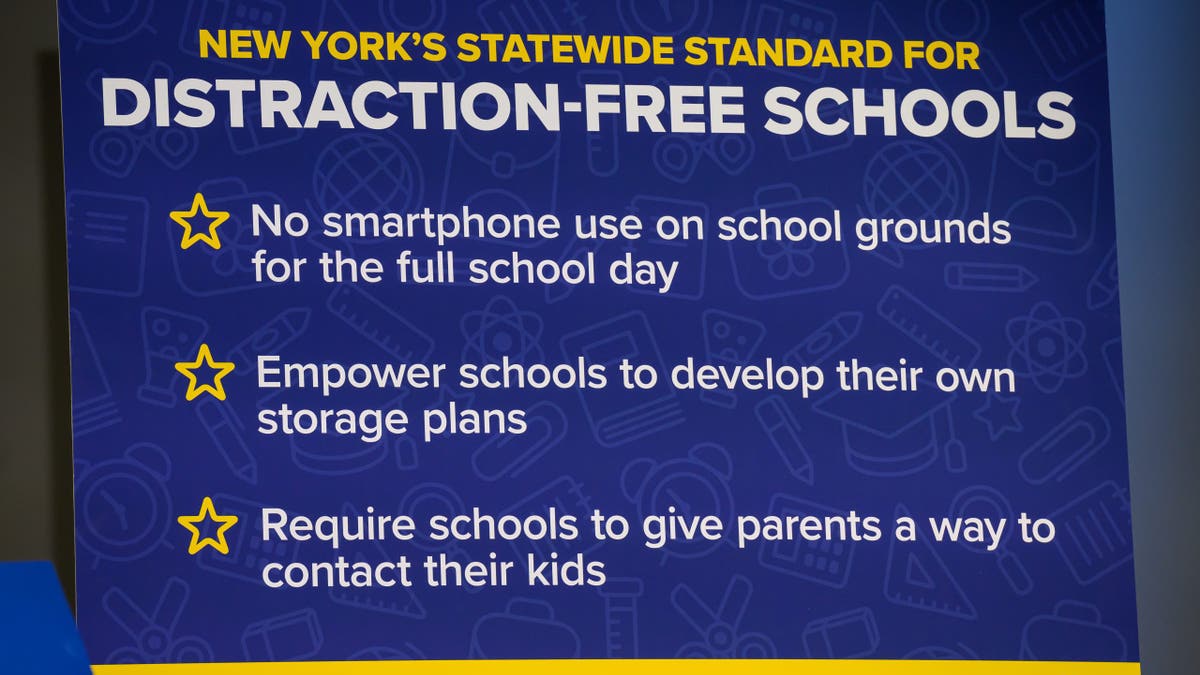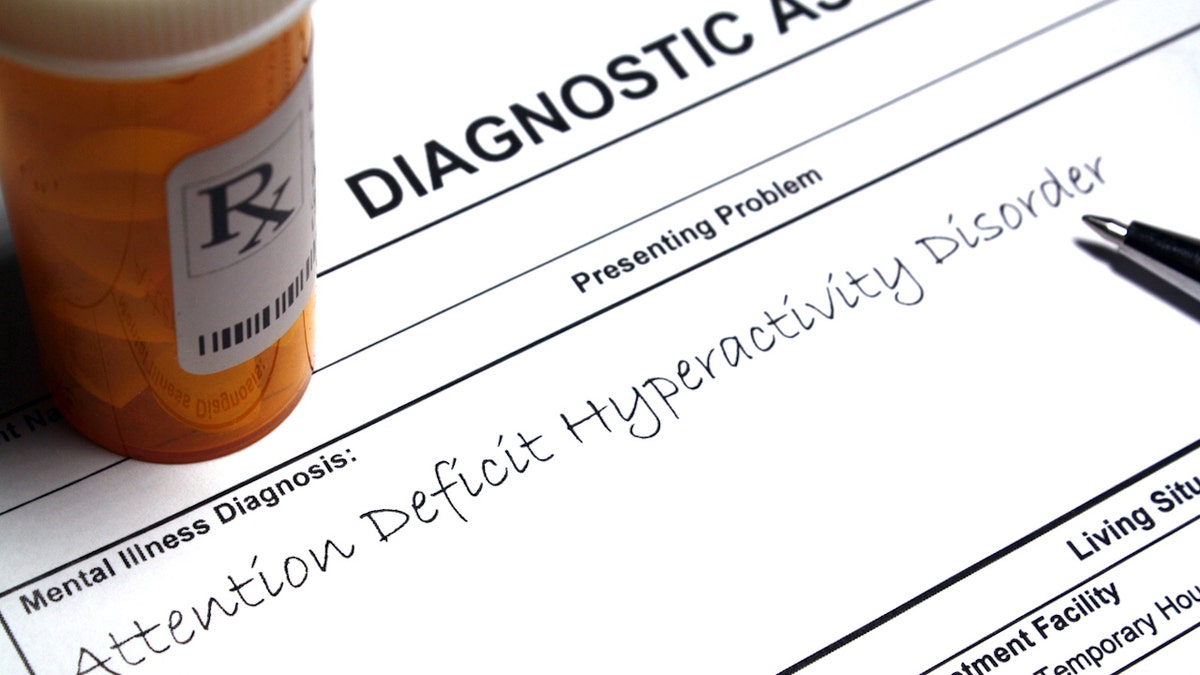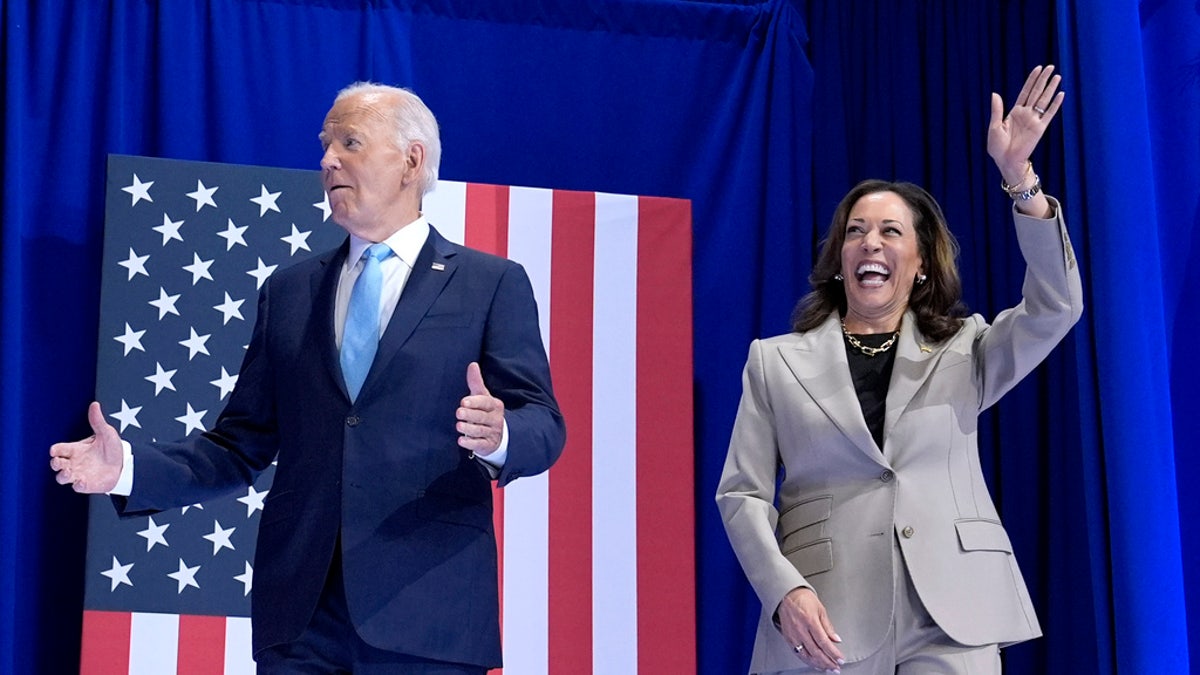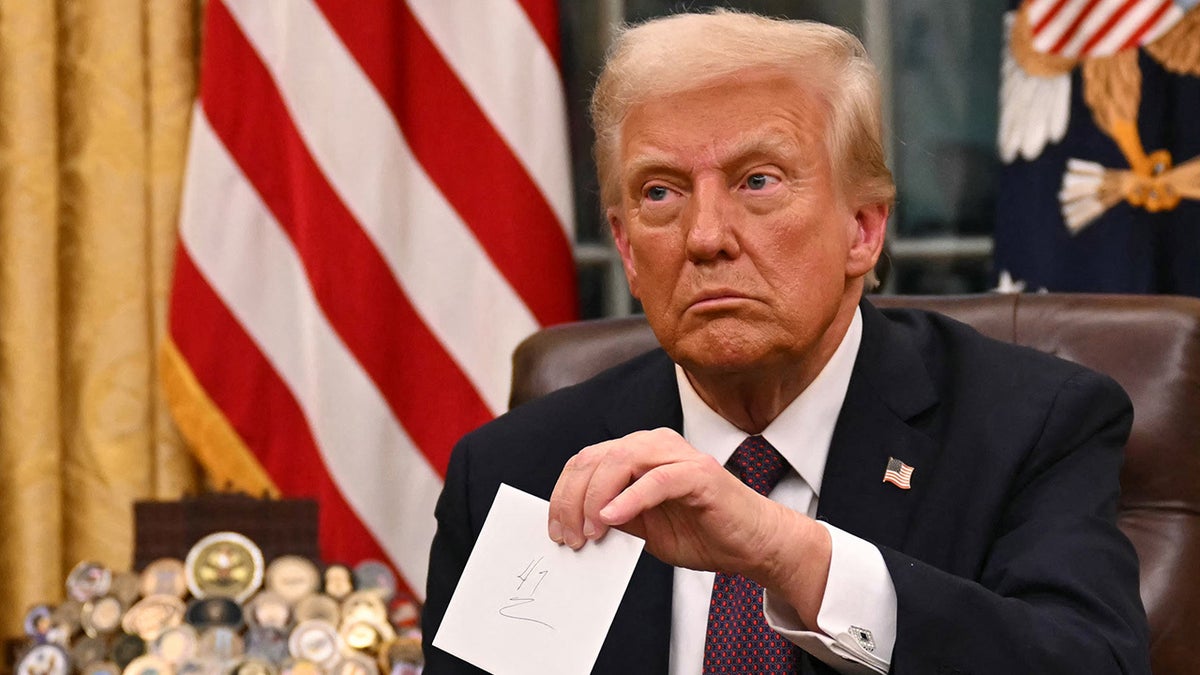Recent research reveals a significant portion of high school students' screen time happens during school hours, prompting legislative action and school-led initiatives to address the issue. A study by Seattle Children's Hospital tracked students in grades 8-12 and discovered that 25% spent over two hours on their phones during a typical school day. On average, students used their phones for about 1.5 hours, representing 27% of their total daily phone usage.
This data coincides with legislative efforts like Colorado's House Bill 1135, which aims to restrict student cell phone use during school. If enacted, Colorado would join 19 other states with similar regulations. This trend reflects growing concern about the impact of excessive phone use on student focus and learning.

Psychotherapist and former school counselor Thomas Kersting supports such measures. He has lectured extensively on the effects of screen time on adolescents and authored the book "Disconnected," which argues that excessive screen time alters brain development. Kersting observed a surge in ADHD diagnoses during his time as a counselor and believes excessive screen time impacts executive brain function, hindering concentration and retention.

While many schools are independently implementing phone restrictions, Kersting notes that state and local legislation can provide crucial support for schools hesitant to act due to potential parental pushback. He acknowledges parental concerns about the perceived separation caused by phone restrictions, but emphasizes the potential benefits of limiting phone use in schools, such as improved test scores, attention spans, and socialization, alongside reduced disciplinary issues.

The Seattle Children's Hospital study also identified the most popular apps used by students during school hours, including messaging platforms, Instagram, video streaming services, audio apps, and email, excluding web browsers.








